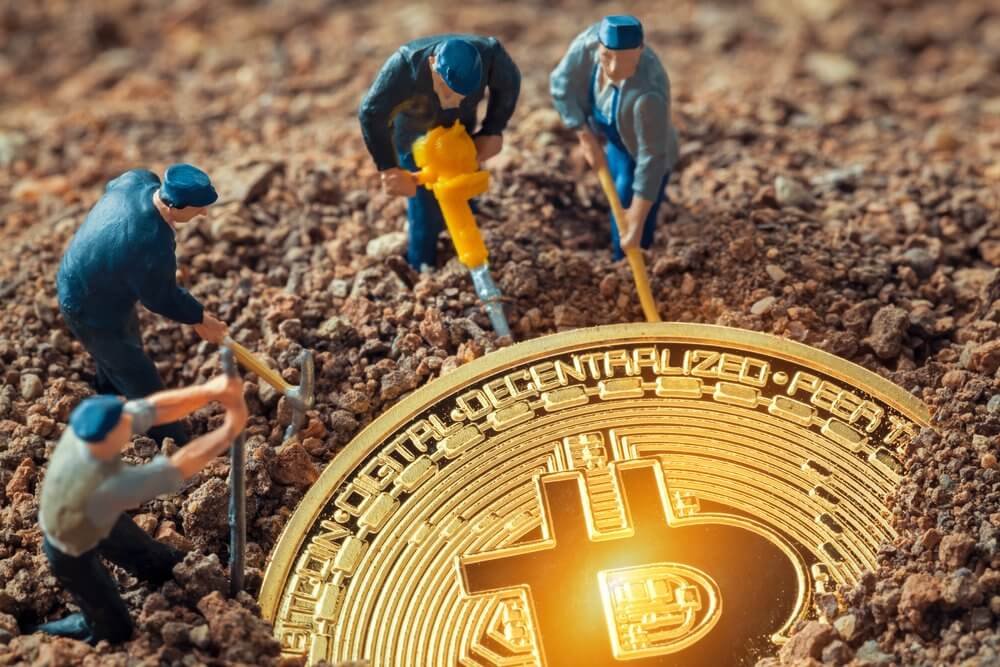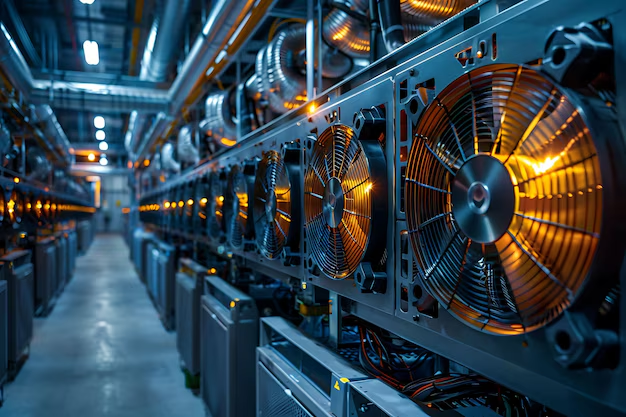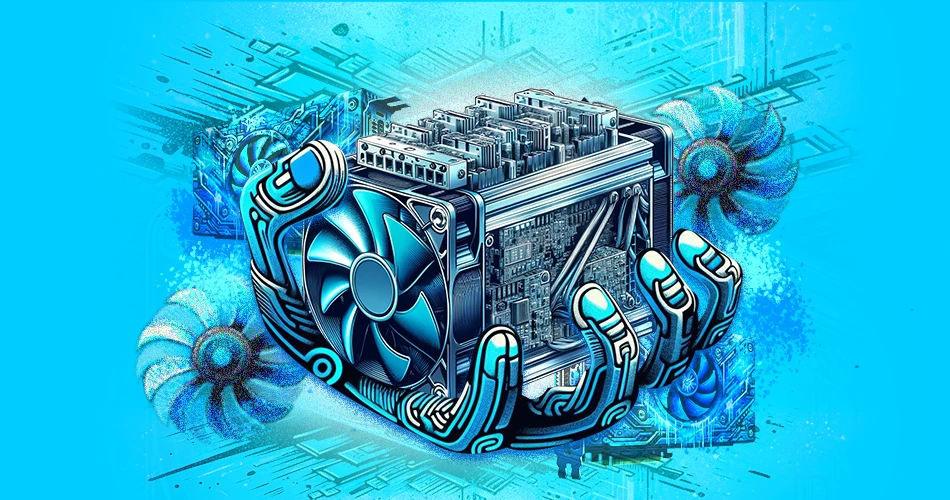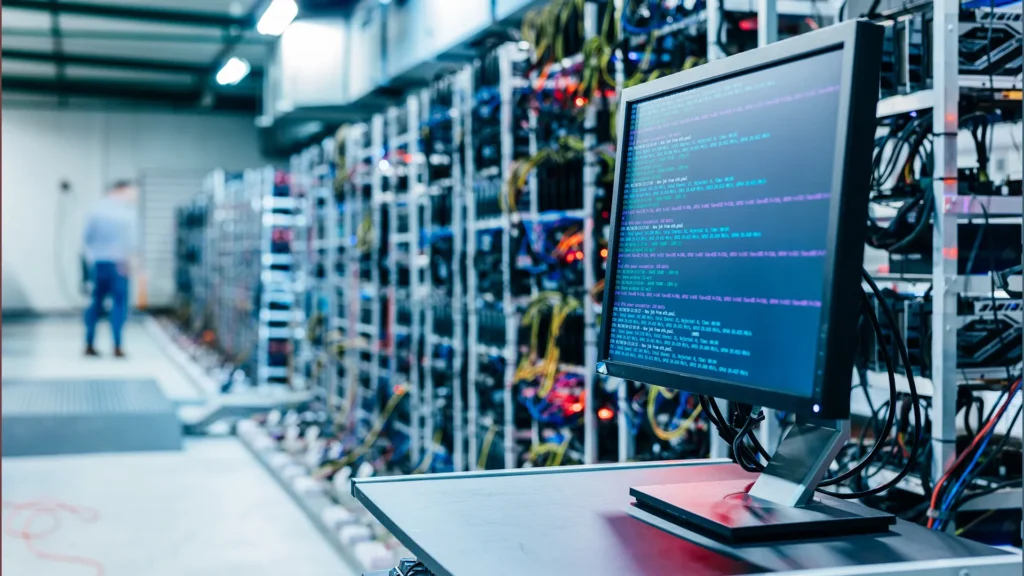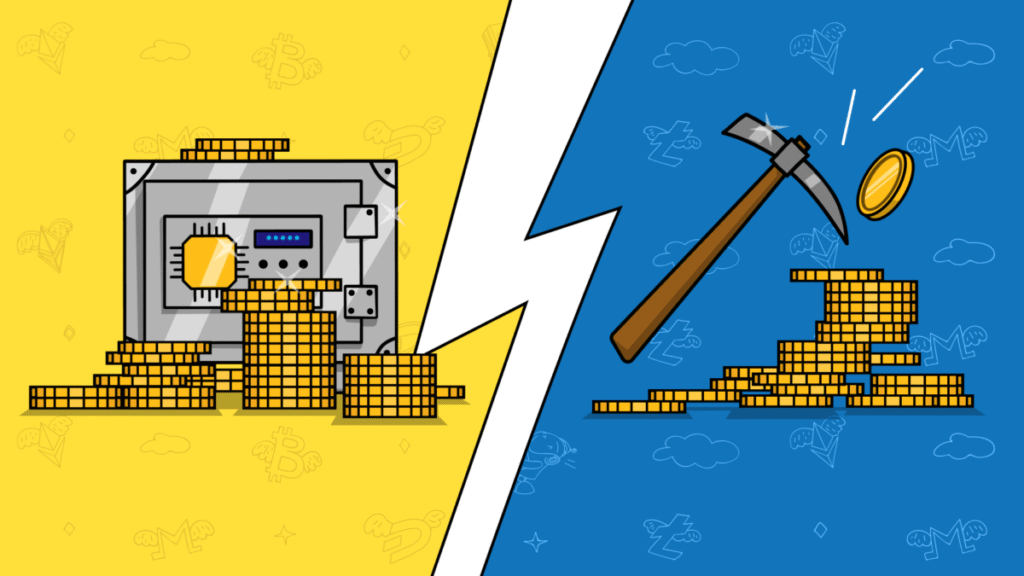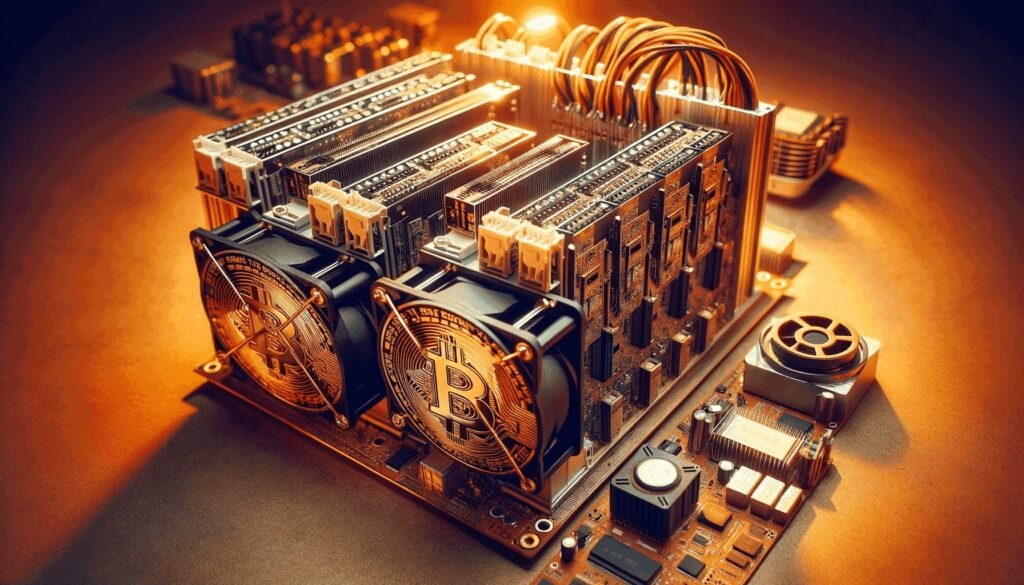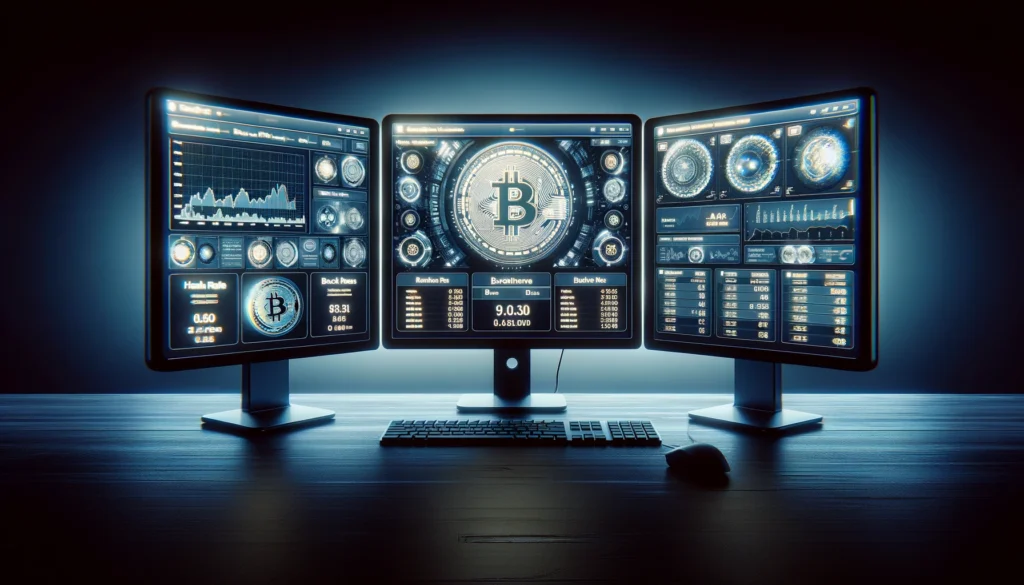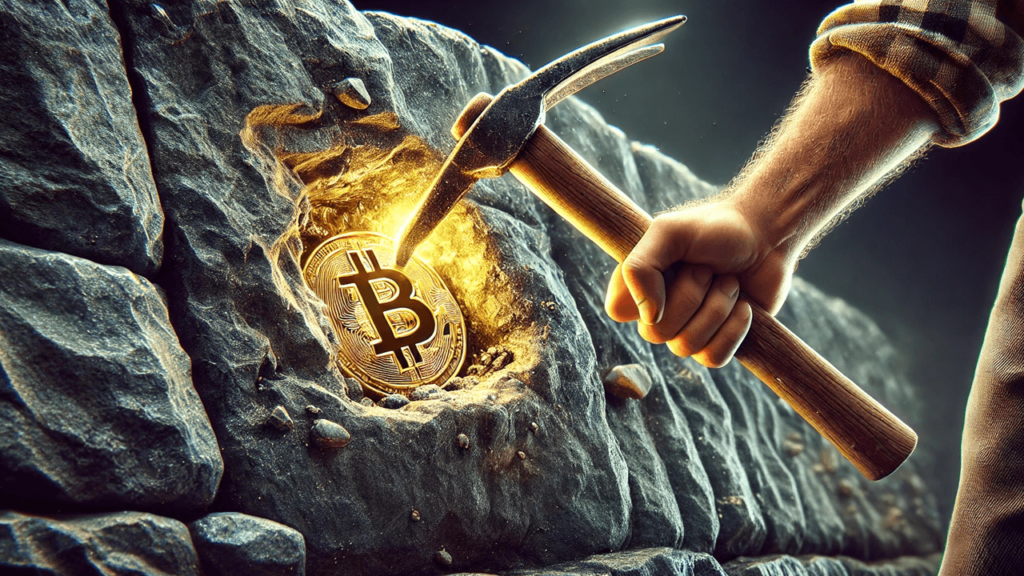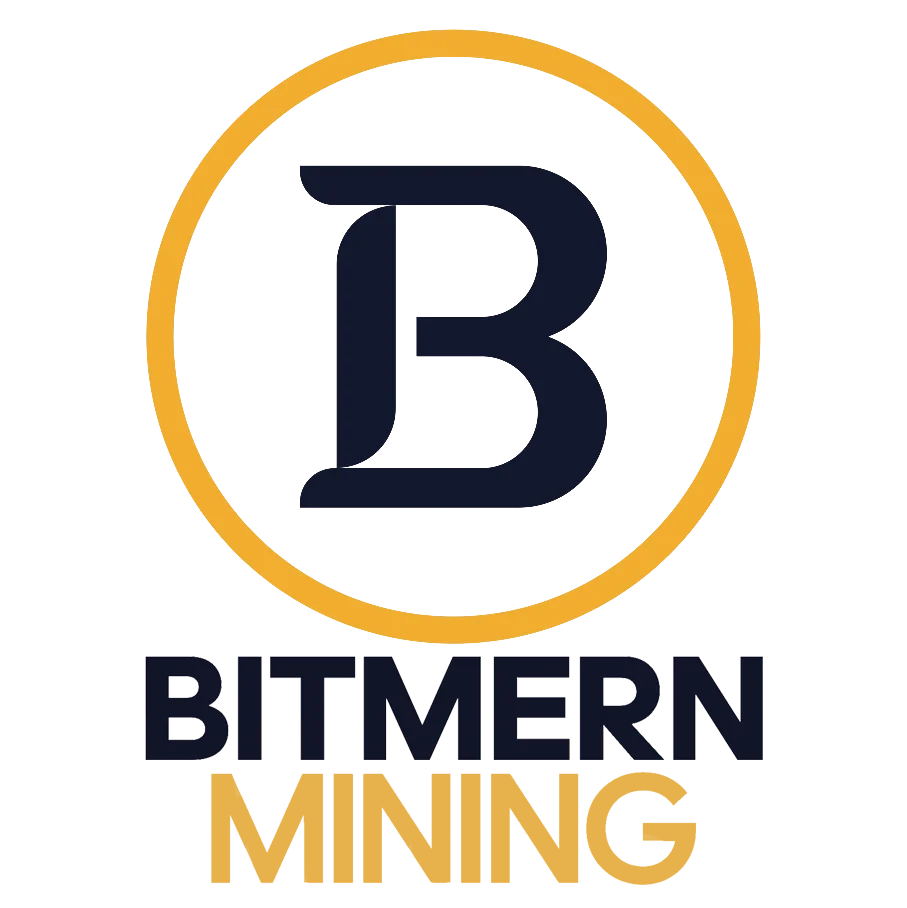The decade ahead will be transformative for Bitcoin mining. With halvings, rising difficulty, energy pressures, environmental concerns, and accelerating technology, miners and hosts will need to adapt in many ways. Bitmern is already laying groundwork to thrive in the post-2030 mining landscape. Here’s what to expect and how to position yourself.
Key Trends Shaping Mining Post-2030
- Greater Role for AI, Automation & Smart Ops
Bitmern’s “AI Boost” tools—predictive maintenance, dynamic power optimisation, intelligent workload distribution—are early examples of a trend that will deepen. Post-2030, AI will likely manage how miners adjust to real-time grid conditions, energy price shifts, equipment health, etc. - Increasing Efficiency & Stricter Energy Metrics
With block rewards continuing to halve and competition rising, efficiency (watts per TH, Joules per TH) becomes even more critical. Hosts will compete not just on hashrate but on how many hashes per watt, real uptime, and minimal waste. Bitmern’s deployment in Ethiopia & USA, with renewable or low-cost power, fits this future. - Regulatory & Environmental Pressures Grow
Governments will demand stronger ESG (environmental, social, governance) credentials. Carbon footprint, emissions, usage of renewables, recyclability of hardware, and transparency of operations will all matter more. Mining centers that can show clean energy usage, low emissions, and strong regulatory compliance will hold advantage. - Decentralization vs Centralization Tension
On one hand, as mining becomes more efficient and capital-intensive, risk exists of consolidation (few big players, centralized large farms). On the other hand, there will likely be counter-pressures (geopolitical risk, energy supply risk, regulatory risk) encouraging geographic spread. Bitmern’s dual locations help distribute risk. - Higher Importance of Hosting & Ownership Models
More miners will either host or rely on service providers rather than running rigs themselves. Models such as profit sharing, remote ownership, digital miners, leasing/tokenization will become more prevalent. Bitmern’s upcoming features (e.g. the digital miner marketplace) align with that. - Energy Infrastructure & Grid Integration
Mining operations will increasingly become part of energy ecosystems—not just consumers. Mines might act as flexible load, grid stabilizers, absorbing surplus renewable energy, or even partnering with utilities. Expect tighter integration between mining operations and power producers. - Lifespan Planning & Hardware Refresh Strategy
ASICs will need to be upgraded more often. Depreciation will accelerate as new gen hardware comes online. Firmware, cooling, power efficiency, component reliability will be vital. Bitmern already monitors performance and optimises energy usage to extend productive lifespan of rigs. - Data Transparency & Monitoring as Norms
Real-time dashboards, uptime tracking, efficiency metrics, clear fee structures will shift from “nice to have” to standard expectations. Clients will demand more insight.
Bitmern’s Path Forward
From Bitmern , here are the strategic moves that position the company well for post-2030:
- AI & Automation Integrated Into Core Ops: AI Boost, predictive maintenance, and future tools like auto-reinvestment are part of Bitmern’s roadmap.
- Focus on Low Cost, Clean Energy Sites: Ethiopia & the U.S. provide diversified, renewable-friendly, and stable grid power sources.
- Scalable & Flexible Hosting Contracts: Contracts that allow scaling up, hardware refresh, flexible models will be more robust against market shifts.
- Transparency and Client Empowerment: By giving clients visibility into performance, cost, energy usage etc., Bitmern helps build trust and allows clients to make decisions early.
Challenges to Watch
- Energy Costs & Access: Even with renewables, securing consistent & cheap energy may become harder as demand from AI, datacenters, etc., pushes up prices.
- Difficulty & Block Reward Declines: As block subsidies shrink, only efficient, high-uptime operations will sustain profit.
- Hardware Supply & Innovation Cycles: Delays in ASIC development or supply chain issues could impact competitiveness.
- Regulatory Risk: Carbon regulation, electricity tariffs, import/export rules for hardware could shift and affect hosting locations.
What Miners & Investors Should Do
- Partner with hosts that have strong energy location strategy and AI/automation tools.
- Keep a close eye on efficiency metrics (watts per TH, uptime, cooling costs).
- Monitor your hardware depreciation and plan for periodic refreshes.
- Demand transparency in contracts, energy pricing, performance reporting.
- Consider diversified geographic hosting to mitigate local regulatory or energy risks.
Conclusion
After 2030, Bitcoin mining won’t look like just raw power and scale—it will be about intelligence, efficiency, adaptability, and sustainability. Bitmern’s current plans around AI, hosting, clean energy, and client transparency already align well with what’s coming. If you’re part of the mining ecosystem, starting to prepare now will mean staying ahead later.

